The dense bamboo forests of the Qinling Mountains have long served as a vital stronghold for China's iconic giant pandas. But as human development fragmented their habitat, these black-and-white bears faced increasing isolation. Now, an ambitious ecological corridor project is stitching together patches of wilderness, creating what conservationists call a "green suture" for panda populations.
Stretching across Shaanxi Province, the Qinling Panda Corridor represents one of China's most innovative wildlife conservation efforts. By connecting isolated forest fragments with carefully designed passageways, the project allows pandas to move safely between feeding grounds and breeding areas. "This isn't just about building bridges over highways," explains Dr. Zhang Wei, a leading panda ecologist. "We're recreating entire ecosystems that function as natural highways for wildlife."
The corridor's design incorporates decades of research on panda movement patterns. Conservation teams identified key crossing points where pandas frequently attempted dangerous road crossings or became trapped in shrinking habitat islands. At these critical junctions, engineers constructed vegetated overpasses wide enough to support bamboo growth, while underground tunnels provide alternative routes through particularly developed areas.
Early results show remarkable success. Motion-activated cameras have captured pandas using the corridors within months of their completion. More importantly, genetic analysis indicates increased movement between previously isolated groups. "We're seeing the first signs of genetic exchange that could strengthen the entire population," notes field researcher Li Na, who has tracked individual pandas for twelve years.
Beyond benefiting pandas, the green corridors have created unexpected ecological dividends. Clouded leopards, takin, and numerous bird species have all been documented using the passageways. The restored connectivity appears to be revitalizing entire food webs, from soil microorganisms to top predators. Forest quality has improved noticeably in connected areas, with younger bamboo stands replacing aging groves.
The project hasn't been without challenges. Some early corridors failed when pandas refused to cross near human activity, requiring expensive redesigns. Maintaining bamboo diversity across the passages proved crucial - pandas would abandon routes when their preferred species weren't available. "We learned that ecological engineering requires understanding animal psychology as much as vegetation science," admits project manager Zhao Ming.
Local communities have played an unexpected role in the corridor's success. Many villages voluntarily adjusted farming practices to create buffer zones around critical passageways. In return, eco-tourism initiatives have brought new income streams. The panda corridors have become living classrooms, with schools incorporating conservation into their curricula and former poachers finding work as forest guardians.
As climate change alters vegetation patterns, the corridors may prove even more valuable. Models suggest they'll allow pandas to migrate naturally to higher elevations as temperatures rise. This adaptive capacity makes the Qinling project a potential model for conservation worldwide. "What we're learning here could help everything from tigers in India to jaguars in Brazil," suggests international wildlife consultant Maria Fernandez.
The Chinese government has taken notice, incorporating ecological corridors into its national biodiversity strategy. Five additional panda corridor projects are now in planning stages across Sichuan and Gansu provinces. Each will be tailored to local conditions but share the Qinling project's core philosophy: that conservation means connecting, not just protecting.
For the Qinling pandas, the green suture appears to be healing decades of habitat fragmentation. Cubs born from corridor-enabled encounters represent living proof that thoughtful ecological engineering can reverse damage once considered permanent. As one veteran ranger observed: "The mountains are breathing again, and the pandas are remembering how to be neighbors."
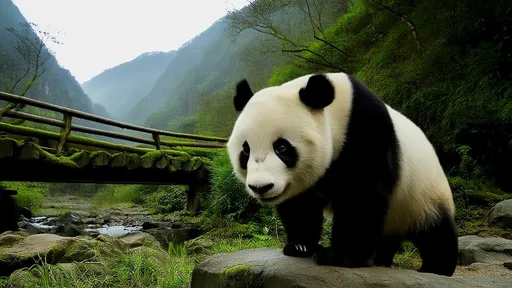
By /Jul 24, 2025

By /Jul 24, 2025

By /Jul 24, 2025
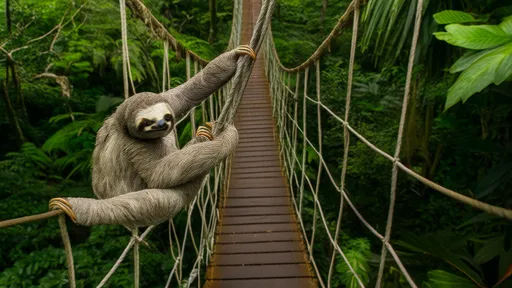
By /Jul 24, 2025
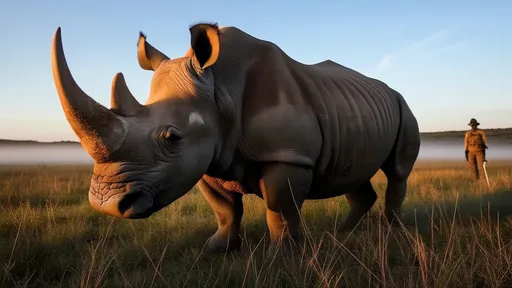
By /Jul 24, 2025

By /Jul 24, 2025

By /Jul 24, 2025

By /Jul 24, 2025

By /Jul 24, 2025
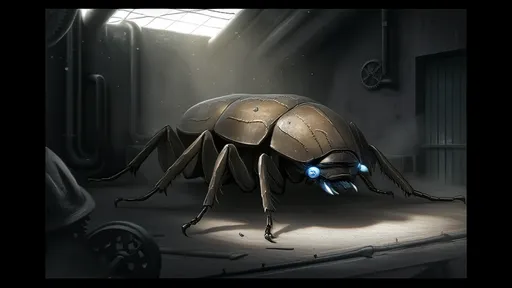
By /Jul 24, 2025

By /Jul 24, 2025
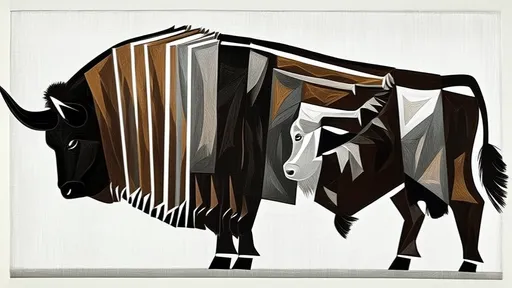
By /Jul 24, 2025

By /Jul 24, 2025
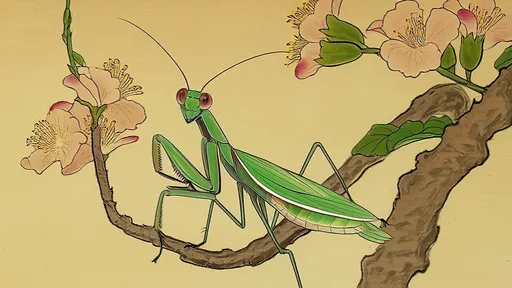
By /Jul 24, 2025

By /Jul 24, 2025

By /Jul 24, 2025

By /Jul 24, 2025
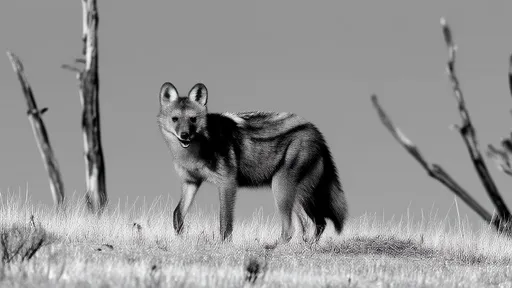
By /Jul 24, 2025